Gayle is “saved” from drowning by Newfoundland puppy Cindy during water rescue training.
As I flail around in the water, waving my arms and shouting to attract the attention of a huge, fluffy, Newfoundland, I feel slightly ridiculous. And yet I know what I am doing has a serious side to it.
The more experience 11-month-old Cindy gets, the better trained she’ll become, and if and when she really does need to save someone, she’ll know exactly what to do.
Her “big brother” Yogi is almost double her size and at three years old is fully trained. You can rest assured he’ll rescue you without a second’s hesitation.
Scenic location
I’ve come along to a scenic pond near Inverurie in Aberdeenshire for a water rescue training session with Cindy and Yogi’s owner Norman McConnachie.
Army veteran Norman is a well-kent face in the north-east, running military fitness workouts in a trio of Aberdeen’s parks, as well as Sunday morning bootcamps at Balmedie beach.
Alongside fitness, his major passion in life is dogs, especially Newfoundlands.
It’s easy to see why. Cindy is such a sweet dog – gentle, trustworthy and keen to please.
She’s like a big cuddly Teddy bear and I can’t resist stroking her soft fur and giving her a huge bosie.
The breed is known for its size, intelligence, strength, calm disposition and loyalty. The dogs excel at water rescue and life-saving because of their muscular build, thick, water-resistant coat, webbed paws and tremendous swimming skills.
Service dogs
Norman uses both Cindy and Yogi as “service”, or “assistance” dogs, visiting hospitals, care homes, schools and a range of other venues, helping people with behavioural issues, depression, autism, stress and anxiety. It’s a form of pet-therapy.
Today, however, we’re here to do some water rescue training, and Cindy just cannot wait.
As we get closer to the water’s edge, she tugs at the lead and barks.
“She’s desperate to get in!” says Norman. “But before we do so, let’s put on her glasses”.
Now if ever I’ve seen a cool-looking dog, it’s Cindy in her reflective shades. They look a bit like ski goggles, and they act in a similar way, preventing glare and debris from getting into her eyes.
“We’d normally use these down at the beach where it’s windy and sand and sea spray can blow into her face, but it’s sunny today, so she can wear them here for a bit,” says Norman.
First task
My first task is to swim out from the shore and then wave my arms around calling Cindy’s name.
She’s in training, so it’s good to repeat her name as a reinforcement technique – even though in a real rescue situation the casualty would probably just shout “Help!”
The water is surprisingly warm and I’m rather enjoying the sensation of treading water, but it’s hugely exciting to witness Cindy’s giant bulk swimming out towards me. What a reassuring sight for anyone in trouble.
I grab on to her harness and allow her to tow me back to the shore, which she does, effortlessly. Just wow.
We try this a few more times, with me swimming out further, and Norman coming alongside Cindy as she nears the shore, full of praise and ready to help me, aka the “casualty”.
Unconscious
Another good training exercise involves me floating on my back as if I’m unconscious.
That’s quite tough, and I try not to wriggle my legs around too much. It’s a strange sensation, and I almost feel myself sinking… until Norman and Cindy arrive.
Norman asks me if I’m okay, deduces I’m “unconscious”, and then tows me back to shore by the chin while Cindy helps to pull both of us along.
Training
The training is based on the Italian School of Water Rescue dogs, Norman, who is a qualified surf lifeguard, tells me.
The school’s dogs work as active rescue units on police, coastguard and military boats.
They’re trained to jump from helicopters hovering above the waves and to be winched down to casualties in the water.
“Luckily we haven’t had to save anyone’s life yet but the dogs are more than capable,” says Norman. “And we’ve not tried helicopter rescues just yet!”
Bloodlines
Norman, who is also a qualified dog groomer, got 78kg Yogi from Poland, and his “little girl” Cindy, who weighs 52kg, from Belarus.
“Newfoundlands tend to be overbred in the UK so the bloodlines become diluted and they tend to be smaller here compared to some of the European dogs,” he explains. “We decided to go for bigger, ‘purer’ dogs.”
Norman hopes to open a school of water rescue at some stage soon.
“It’s about teaching safety in the water with your dog and also being aware that if you throw a ball into the water relentlessly, your dog is going to get tired, even though he might not show it. It’s about enjoying the water and doing so safely and responsibly.”
- Yogi, who weighs 78kg, does water rescue training along with Aberdeen Surf Life Saving Club and has won and been nominated for numerous awards for the work he’s done with alternative therapy.
- He won Petplan UK’s Hero Dog of the Year in 2020 and is a finalist for the 2022 awards. He was a finalist in the 2021 prestigious Centre of Excellence Awards.
- Check out Yogi & Cindy Bears on Facebook and Instagram or see military-fitness.info/pet-therapy



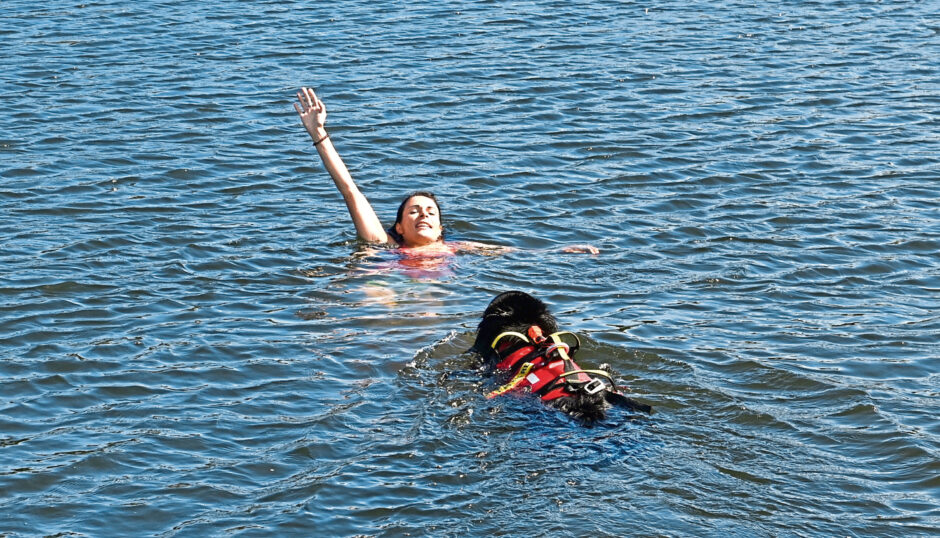
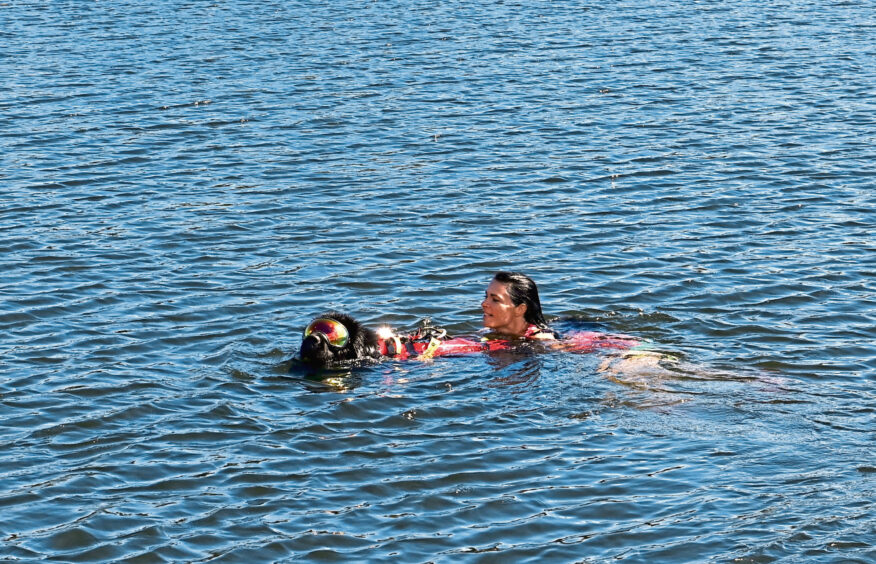

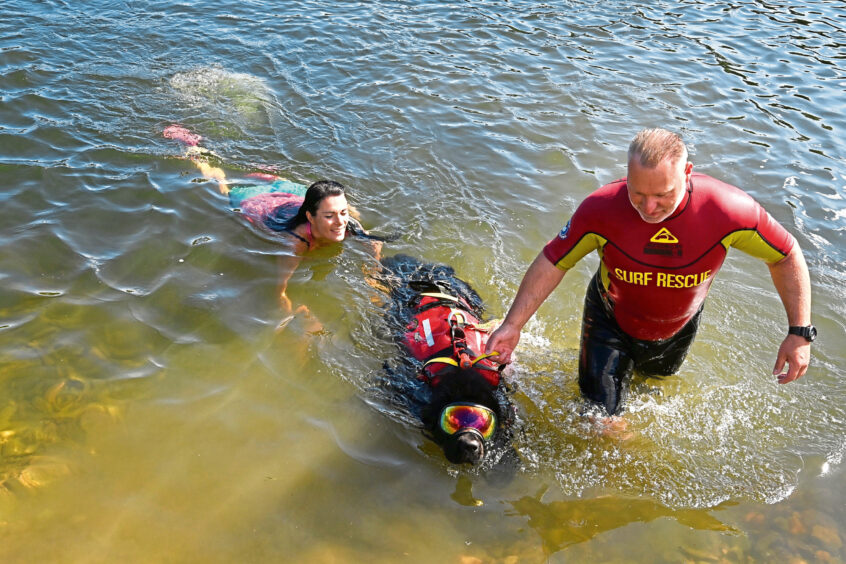
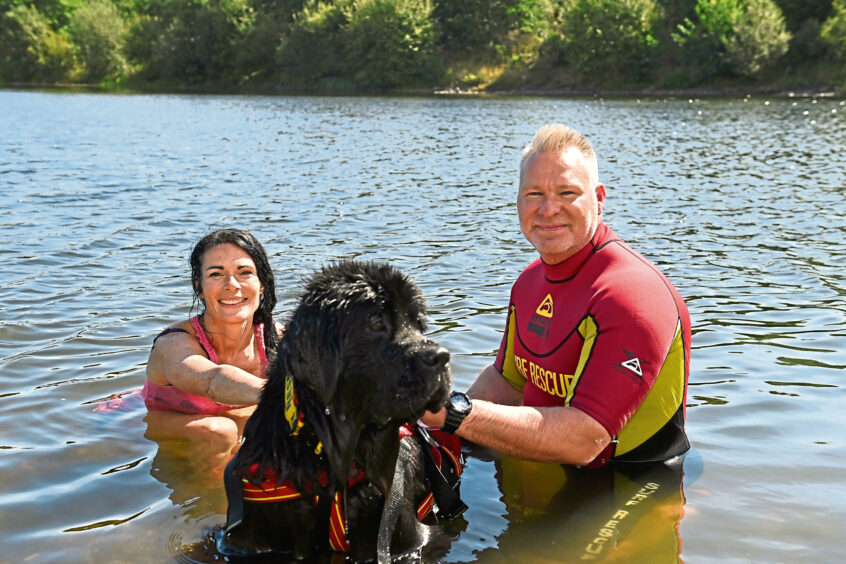

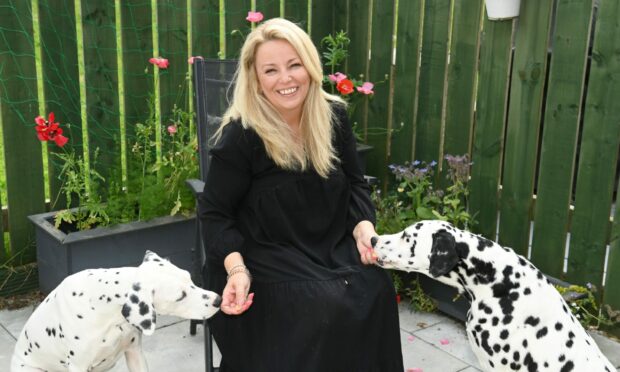
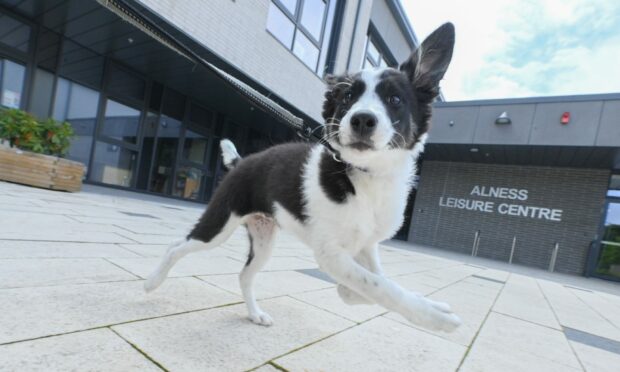
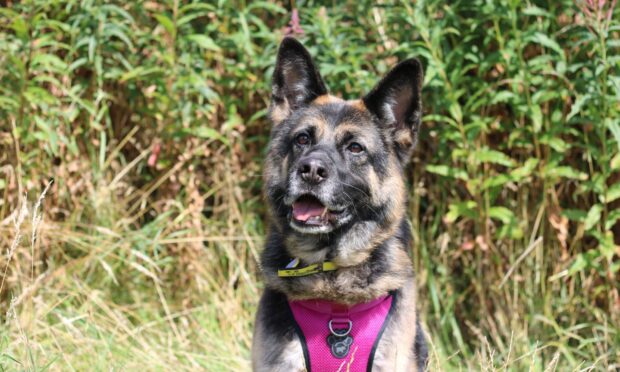
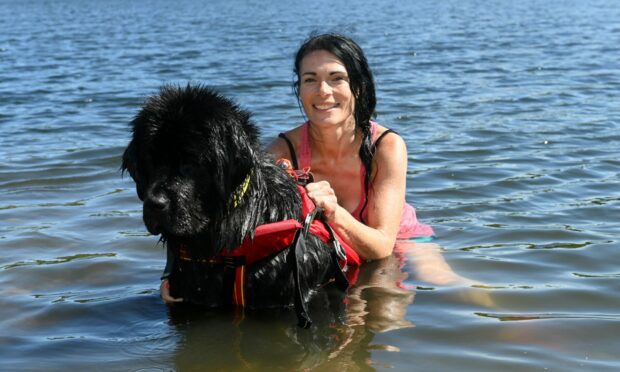
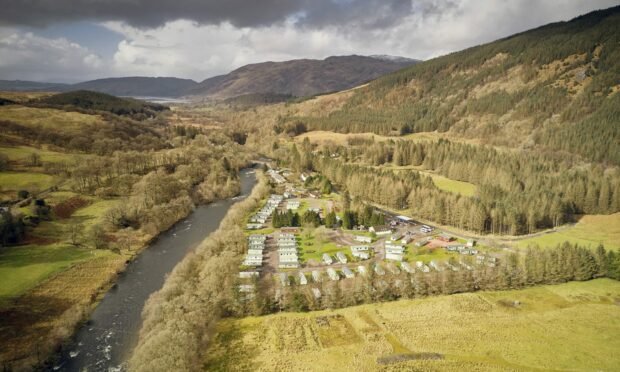
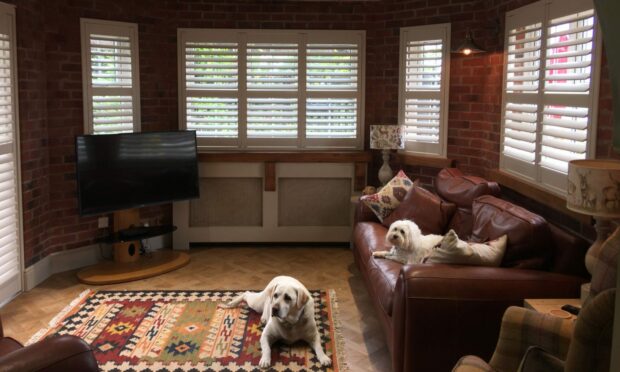
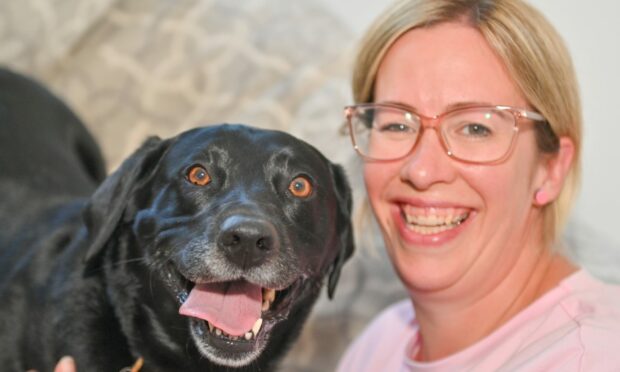

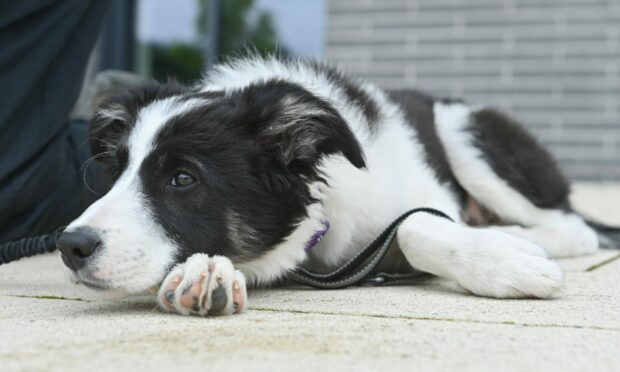
Conversation